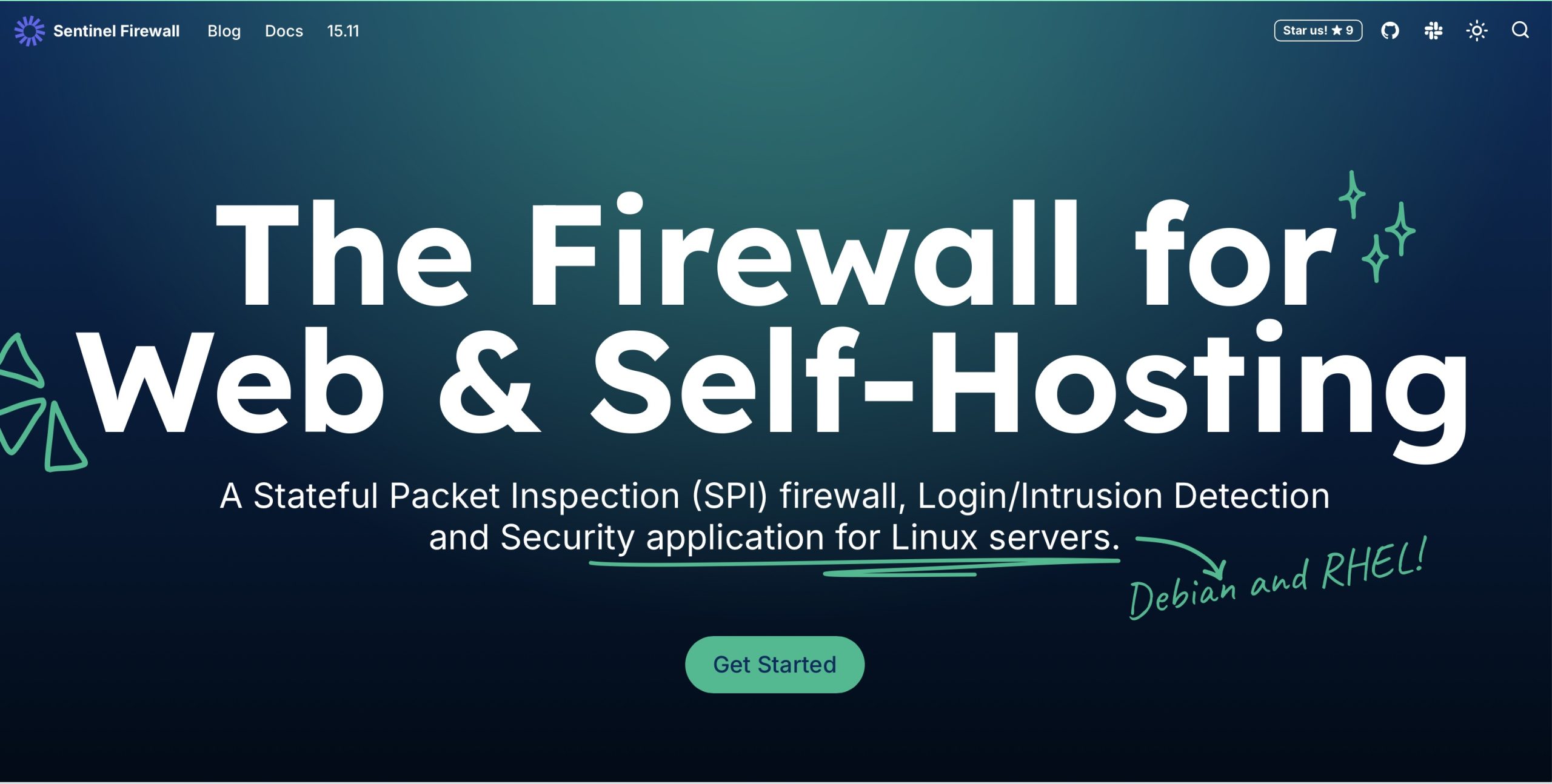For years, CSF (ConfigServer Firewall & Security) has been a trusted tool in the sysadmin’s arsenal, particularly in hosting and control-panel environments. However, with the official discontinuation of ConfigServer in August 2025, CSF’s future as a standalone, maintained product has effectively ended.
(Source)
To fill this gap, the open-source community has rallied behind Sentinel Firewall — a fork designed to carry CSF’s legacy forward. In this article, we’ll explore why migrating to Sentinel makes sense, what benefits it brings, potential pitfalls, and a suggested migration path.
Background: CSF End of Life
- ConfigServer officially shut down on August 31, 2025, discontinuing all operations, updates, and support.
- The last CSF release (v15.00) was made open source under the GPL license.
- Without maintenance, future kernel or
iptables/nftableschanges may break CSF functionality.
Because of this, many administrators are looking for a modern, maintained replacement. One strong candidate is Sentinel Firewall.
What Is Sentinel Firewall?
Sentinel Firewall is an open-source continuation of CSF — a community-driven fork designed to act as a drop-in replacement. It keeps the familiar features like:
- Stateful packet inspection (SPI) using
iptables - Login failure detection (similar to LFD)
- Port flood and brute-force protection
- IP allow/deny management
- Integration with hosting control panels
Unlike CSF, Sentinel is built to evolve with modern systems — supporting newer nftables backends, ipset optimization, and kernel-level performance improvements.
Why You Should Migrate to Sentinel
| Benefit | Explanation |
|---|---|
| Active Maintenance | Sentinel is actively updated with bug fixes and security patches. |
| Drop-In Compatibility | Existing CSF configs like csf.conf, csf.allow, and csf.deny work out of the box. |
| Modernization | Future-proof design with nftables and modern Linux kernels. |
| Community Support | Open source and community-driven — no dependency on a closed vendor. |
| Security Assurance | Actively patched firewall ensures protection against new threats. |
Migration Challenges to Consider
- Some deprecated CSF features may behave differently.
- Control panel integration might need minor adjustments.
- Sentinel is still building its user base and documentation.
- Always test before deploying to production.
How to Migrate from CSF to Sentinel Firewall
1. Backup your current configuration
cp -r /etc/csf /root/csf-backup-$(date +%F)
csf -x
iptables-save > /root/iptables-before-sentinel.rules
2. Download and extract Sentinel
cd /usr/src
wget https://github.com/sentinelfirewall/sentinel/raw/refs/heads/main/csf.tgz
tar -xzf csf.tgz
cd csf
3. Run the installation script
sh install.sh
The script detects any previous CSF installation and merges configurations automatically.
4. Verify version and restart firewall
csf -v
csf -r
csf -l
5. Test Sentinel functionality
- Check SSH, HTTP, and HTTPS access (allowed services).
- Simulate blocked IPs or failed login attempts.
- Verify whitelist and blacklist behavior.
6. Monitor logs and fine-tune
Review log files for any issues:
/var/log/lfd.log
/var/log/messages
Adjust /etc/csf/csf.conf settings if needed.
7. Clean up and document changes
Once everything works smoothly, remove old CSF backups if no longer required and record any modifications made during migration.
Conclusion
CSF served the Linux hosting community for over a decade, but with ConfigServer’s closure, continuing to rely on it introduces risk.
Migrating to Sentinel Firewall ensures that your systems stay protected, compatible, and updated.
If you currently use CSF, now is the perfect time to test Sentinel. It’s open source, community-maintained, and built for the modern Linux firewall ecosystem.
Useful Links:
Official Sentinel Website
GitHub Repository
CSF EOL Announcement
LinuxBlog.io: CSF After Shutdown

